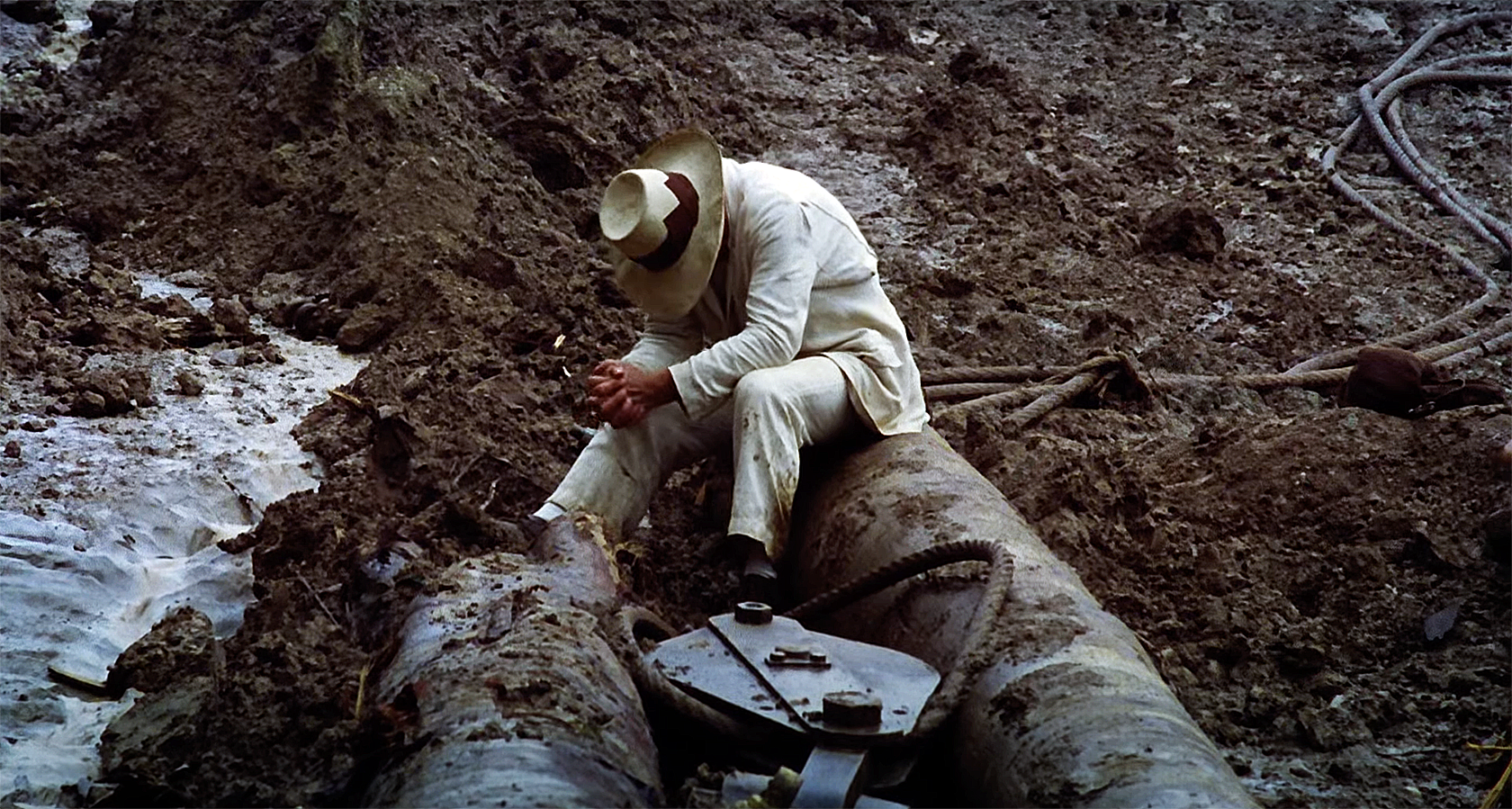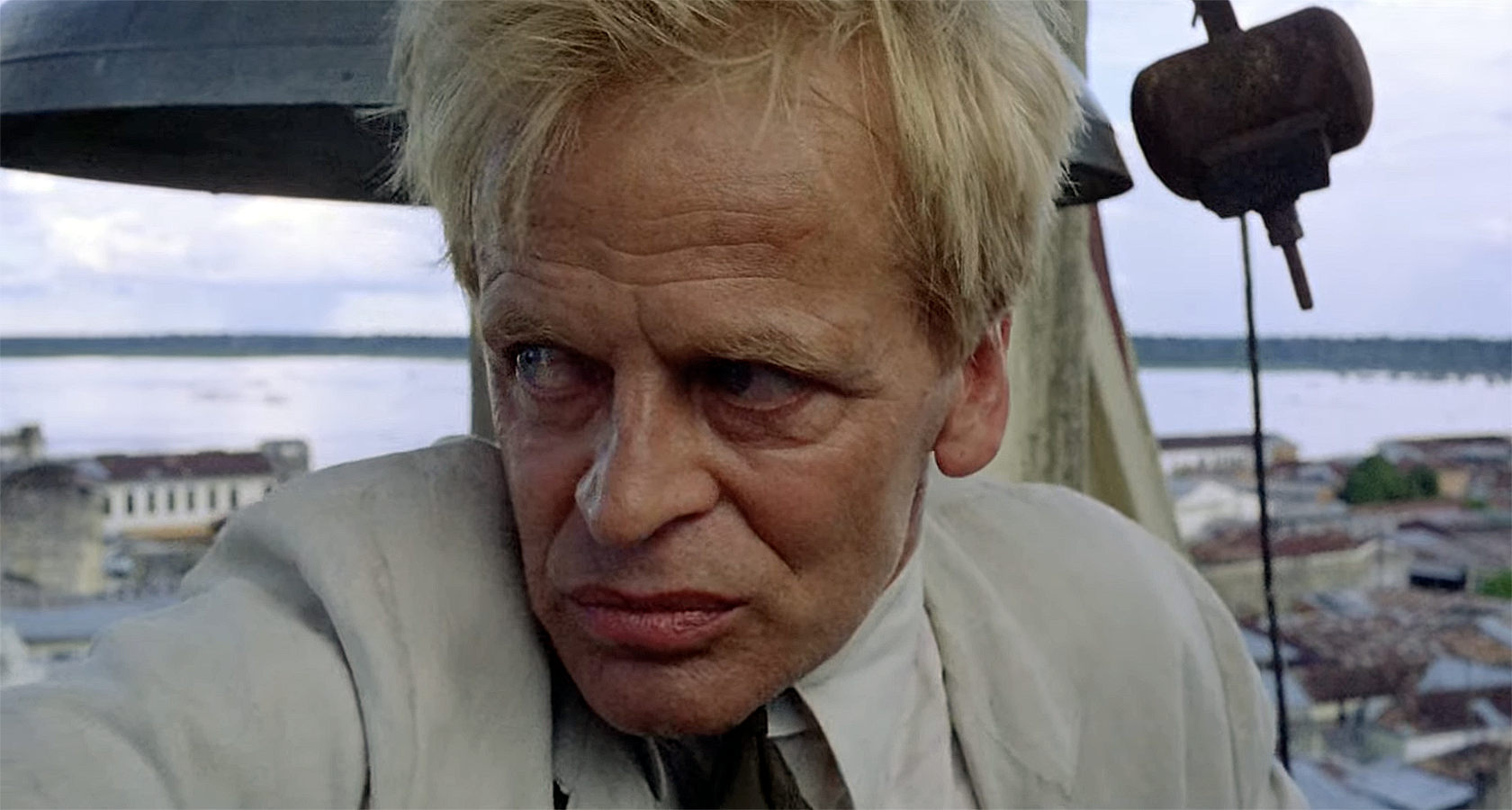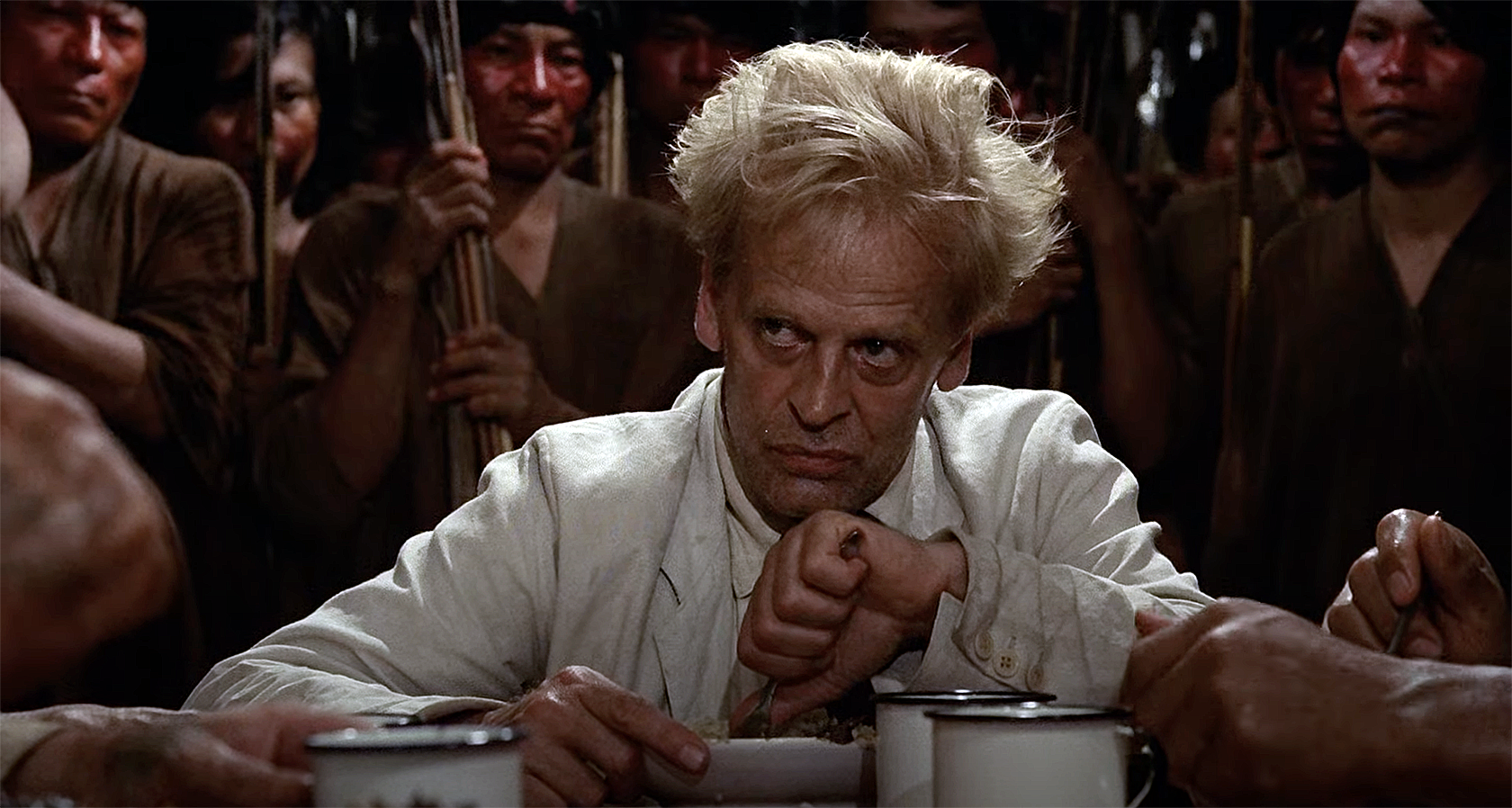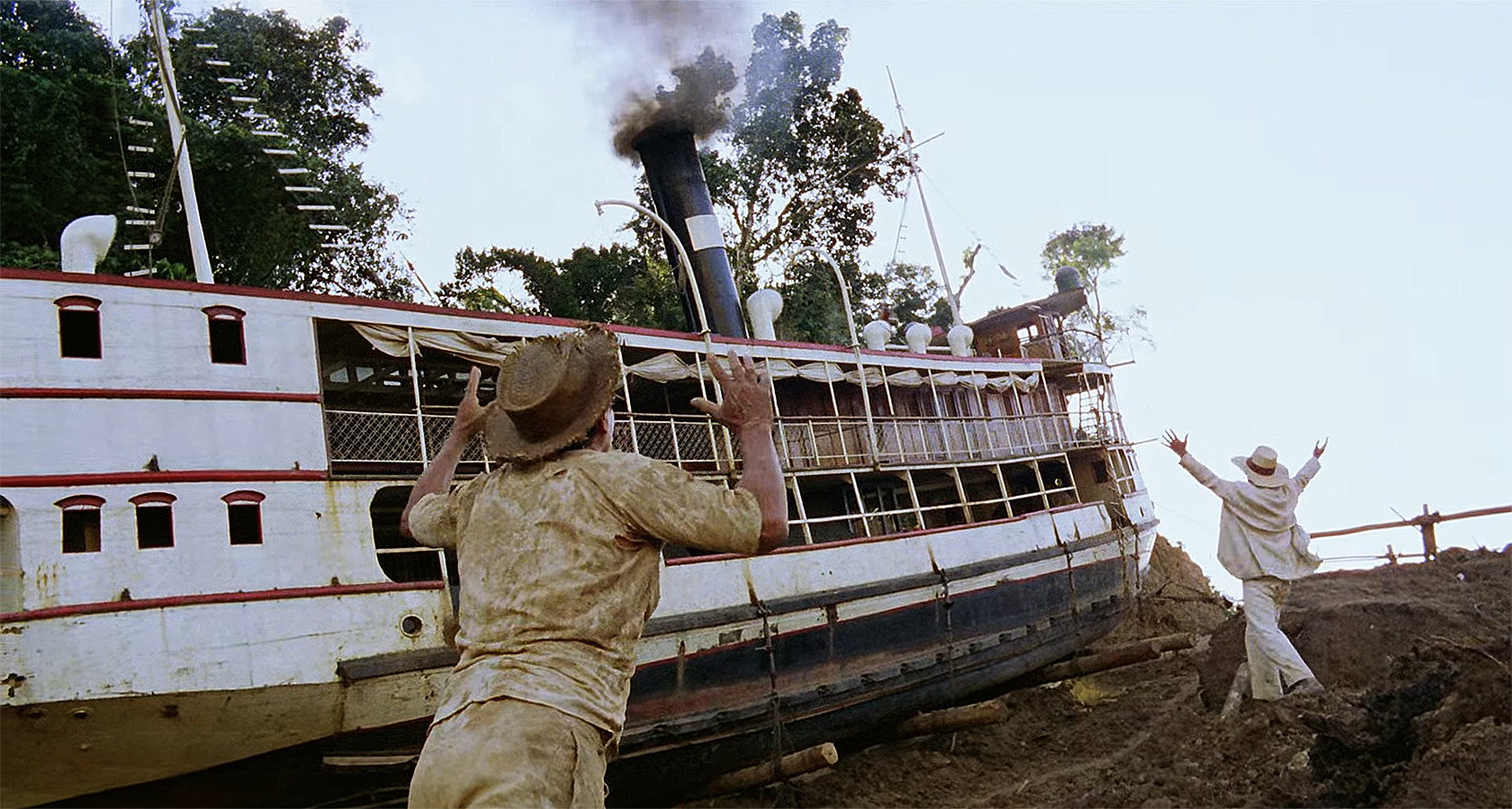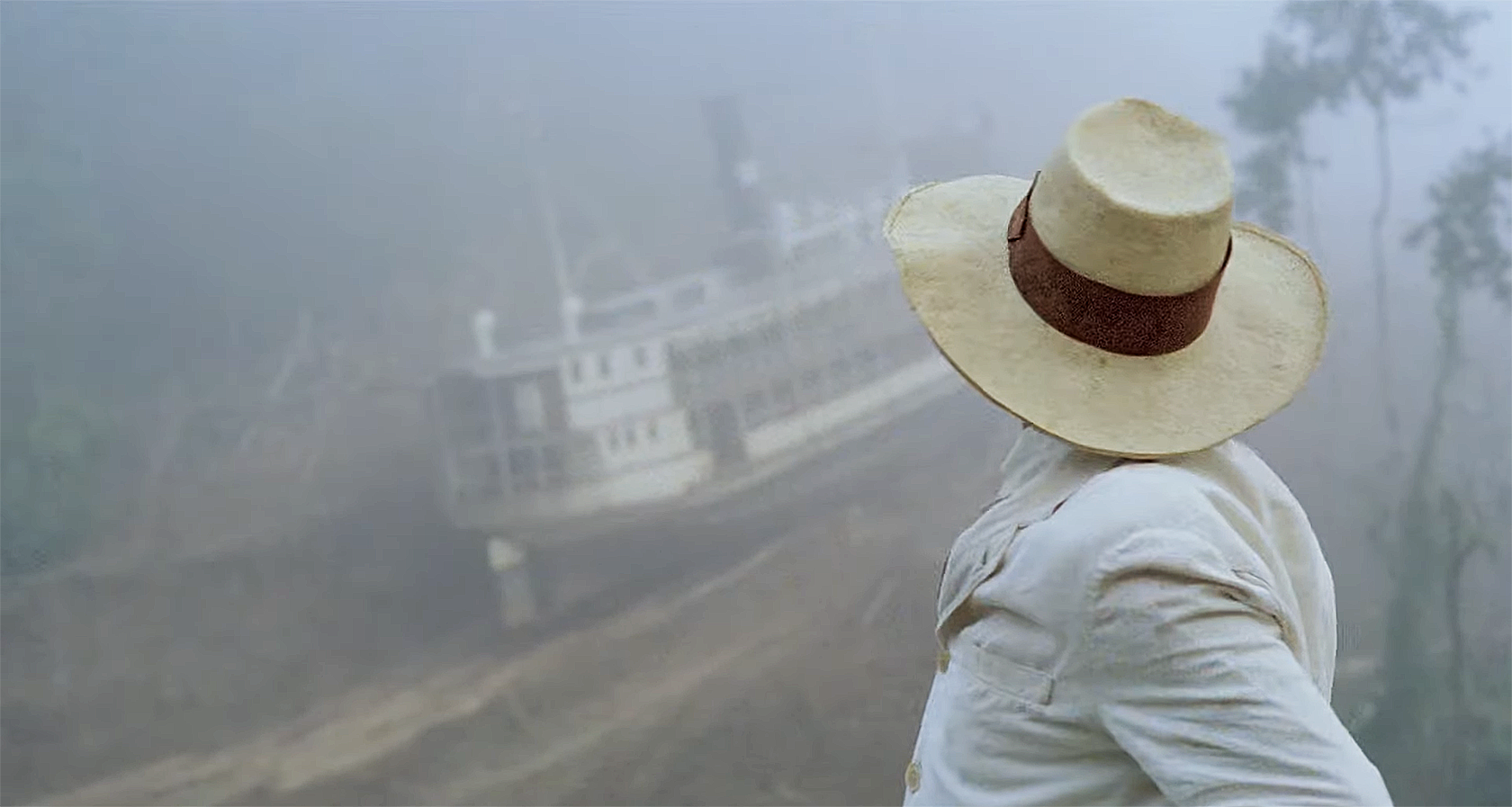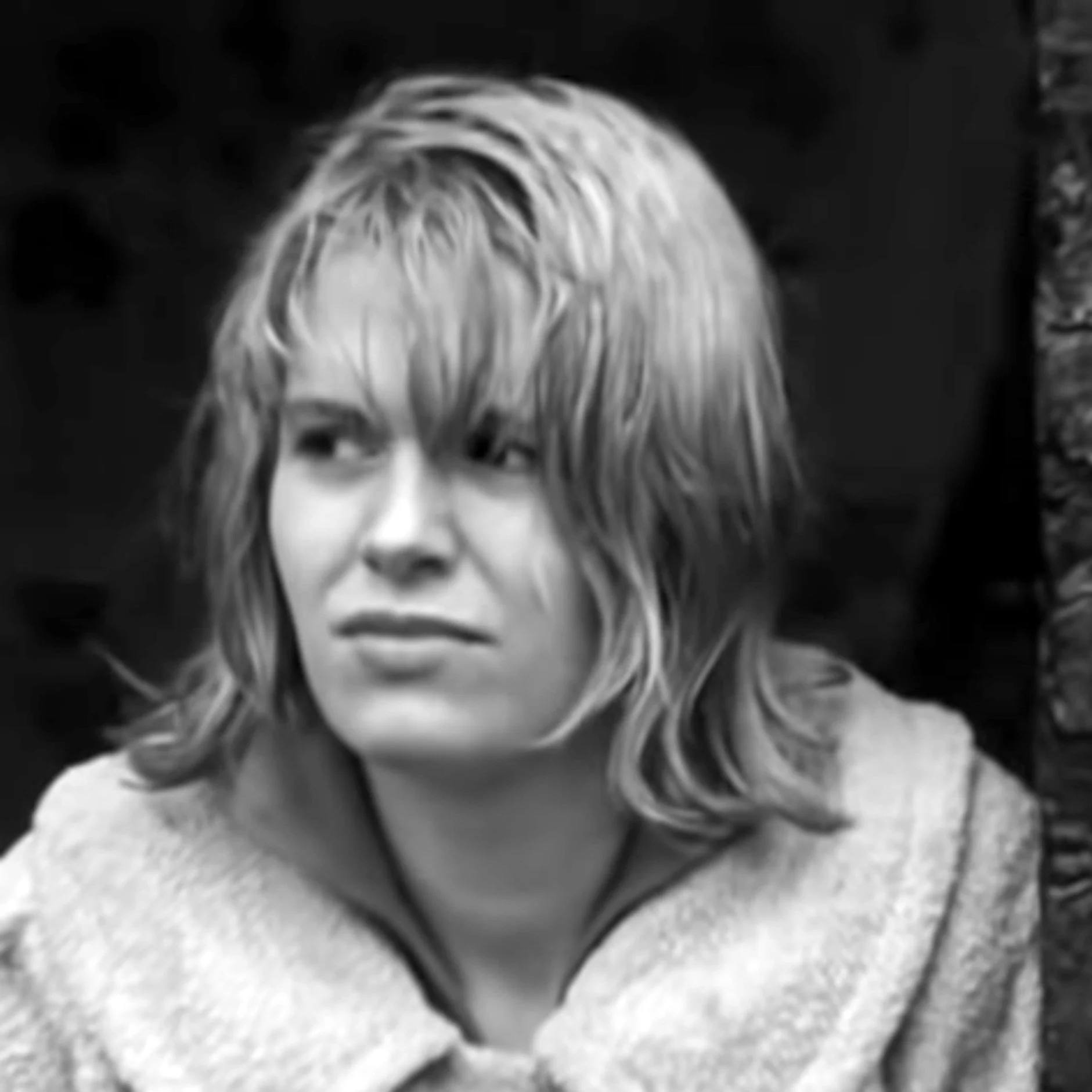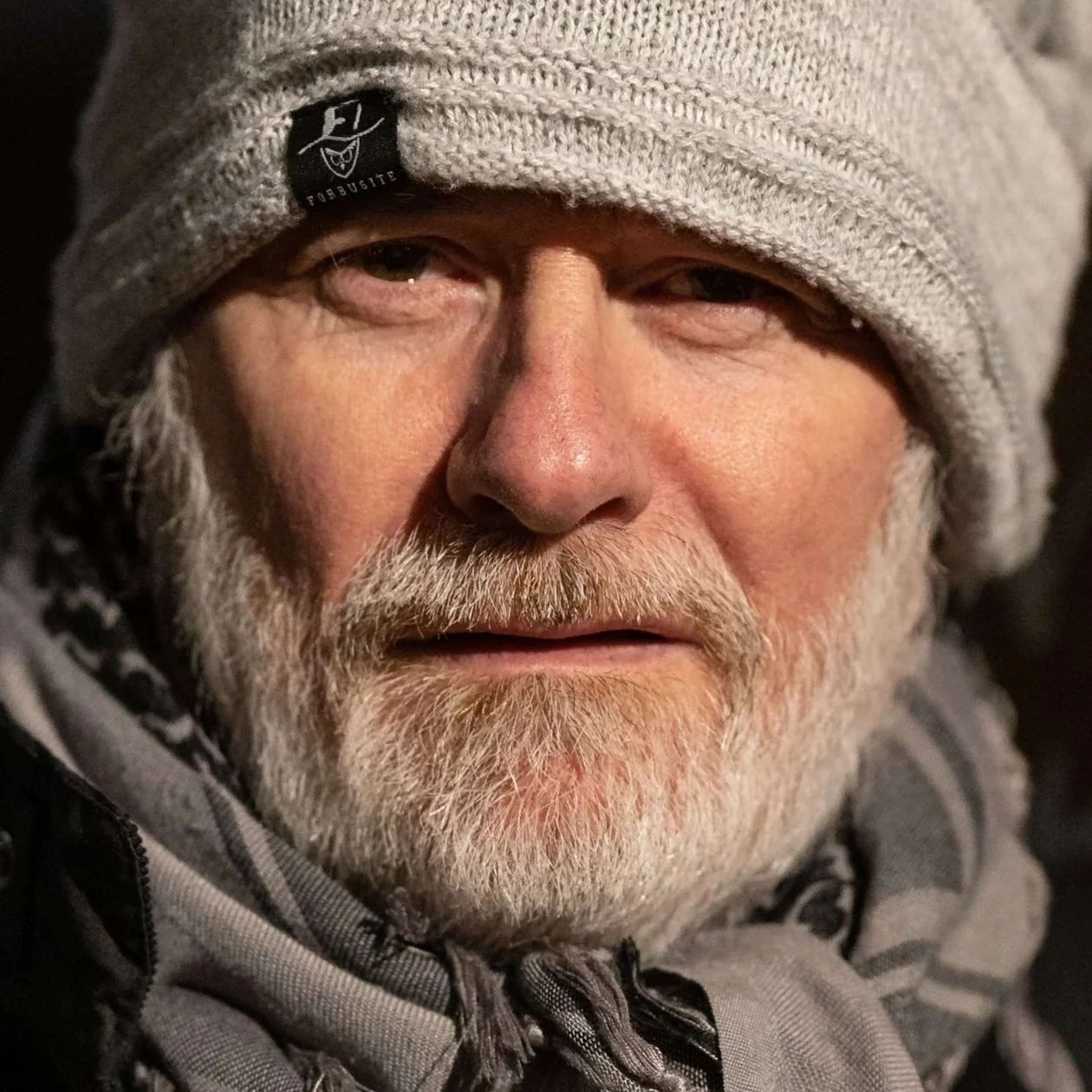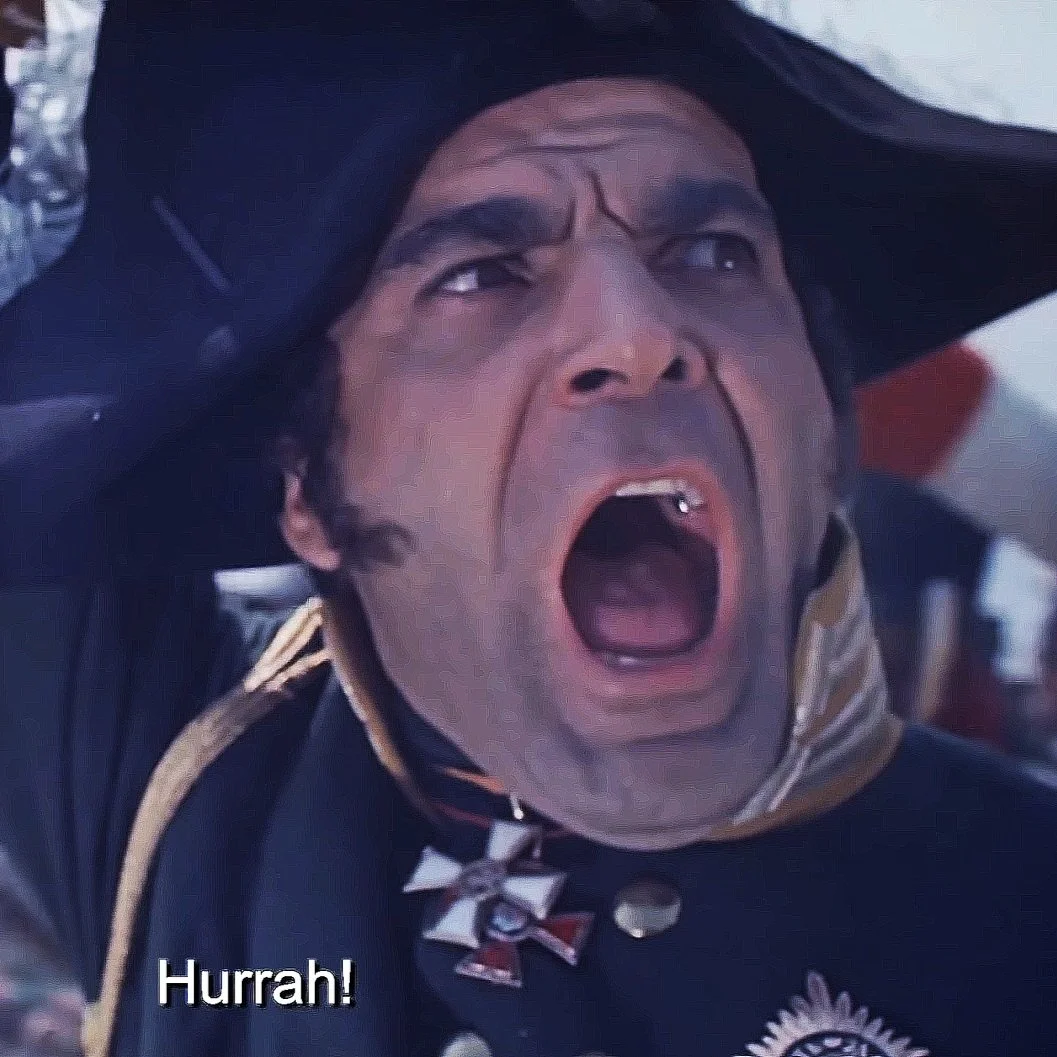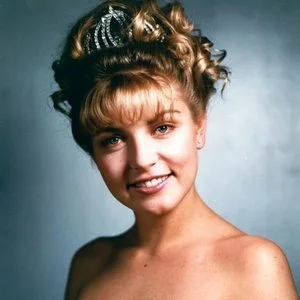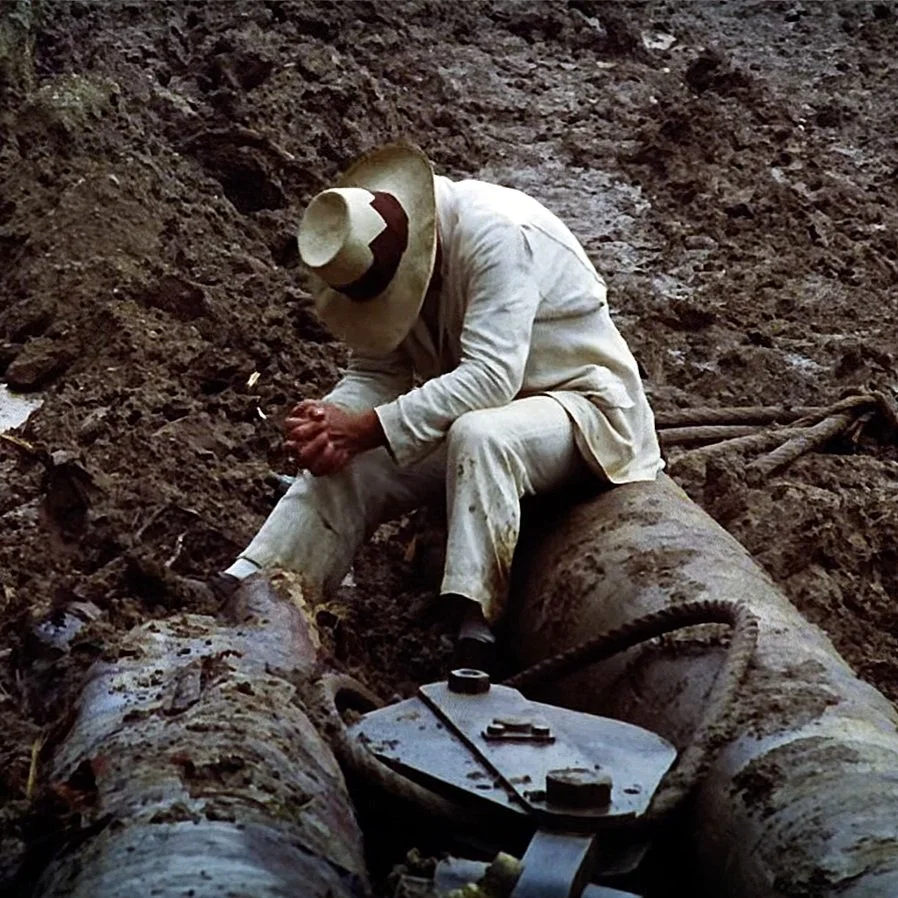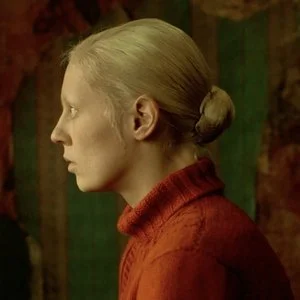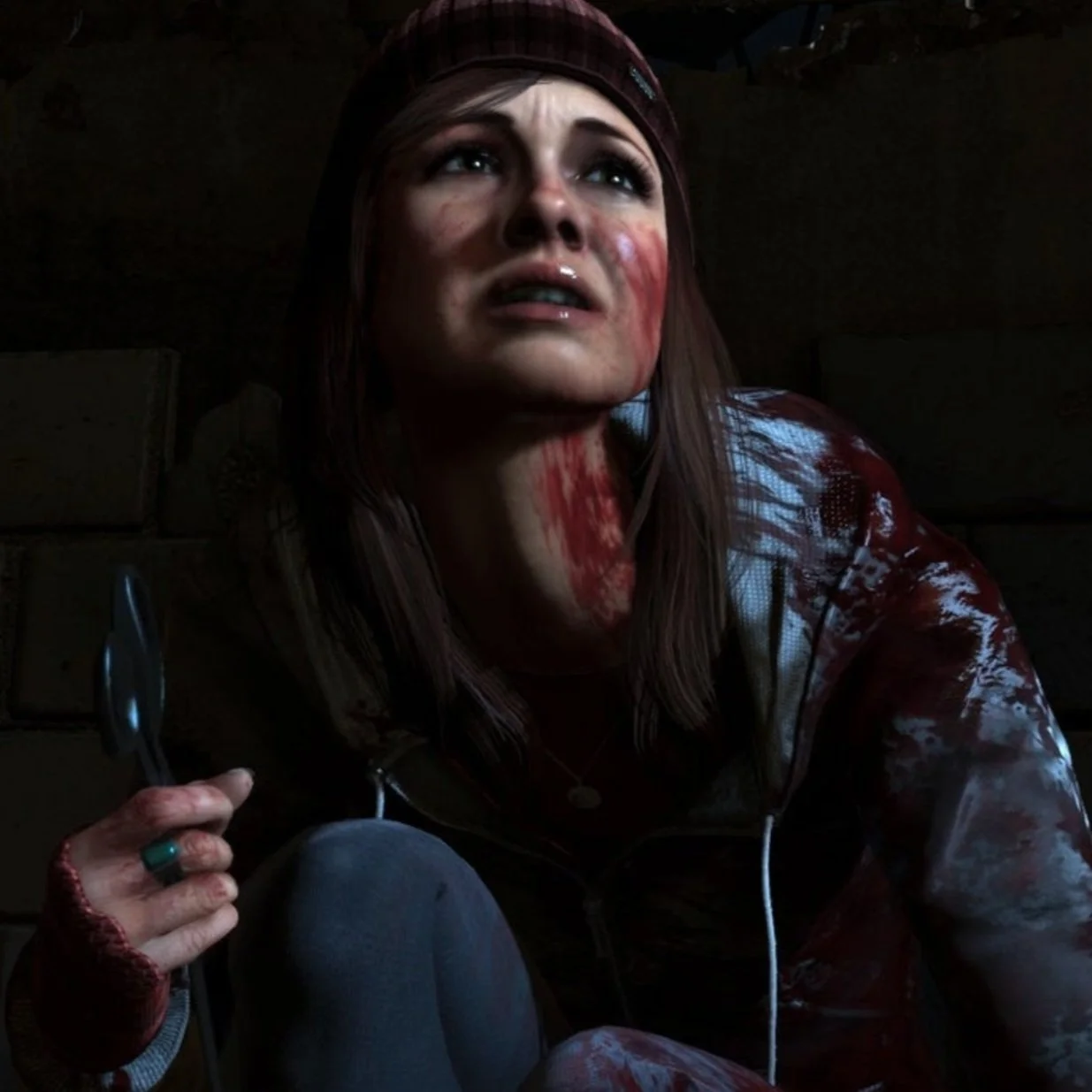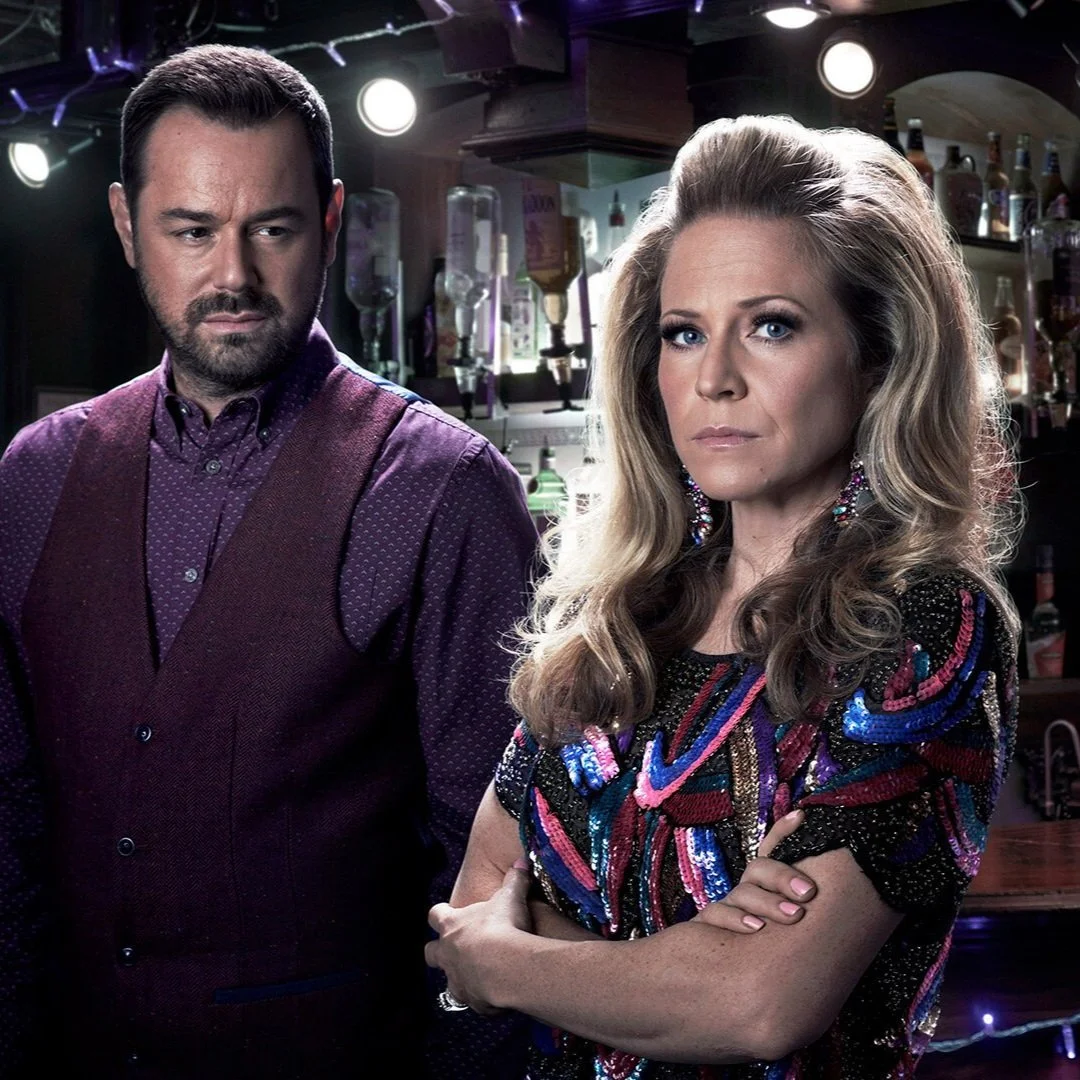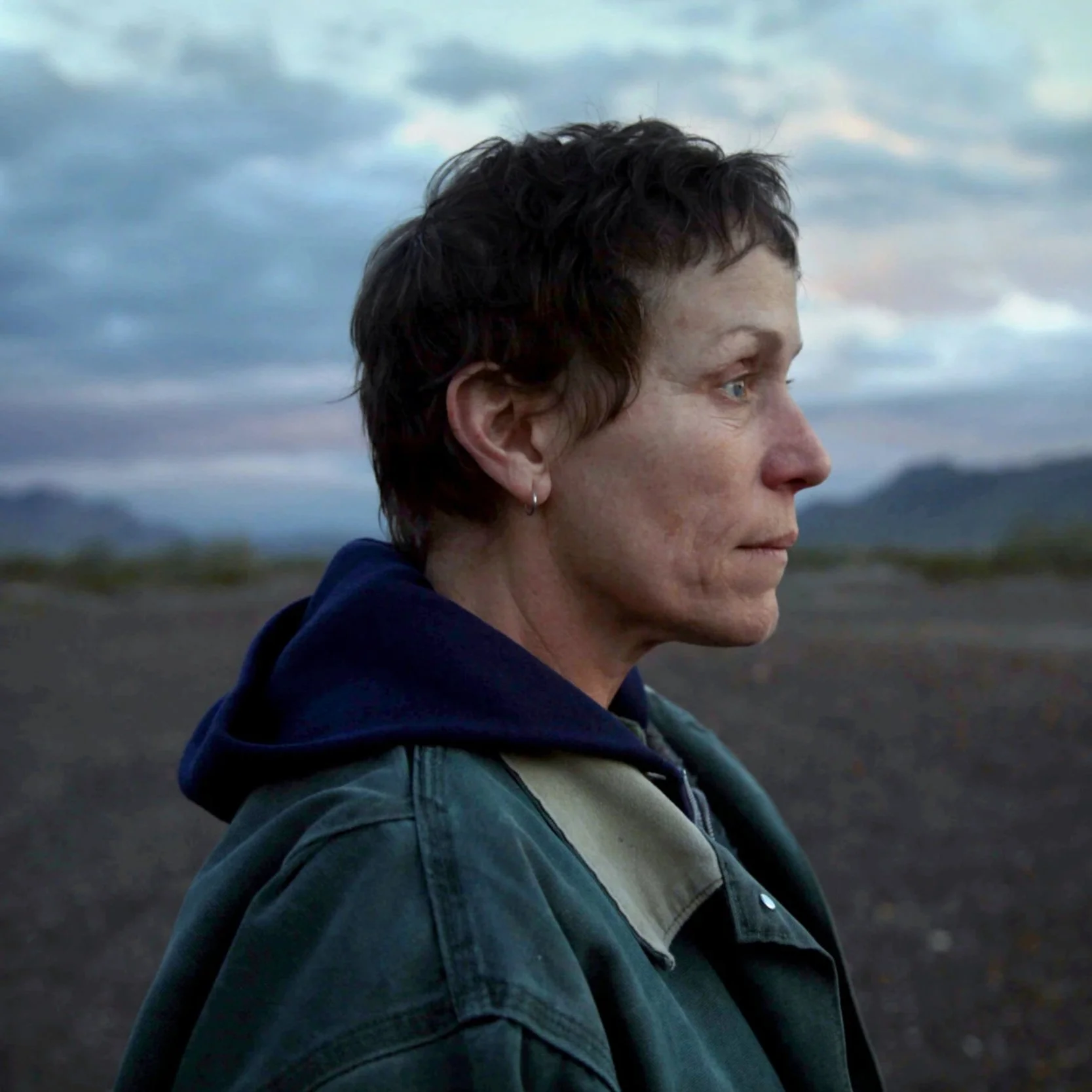Fitzcarraldo’s Burden
Werner Herzog, 1982
German film director Werner Herzog often reminisces of the lost art of being able to trust our eyes. How everything we see in modern movies is informed by digital manipulation, sophisticated editing, and the sheer total commercial management of putting something on the screen. He laments the early days of cinema, where what was projected was so believable that, so the stories go, audiences would flee terrified from their seats at the prospect of a train coming towards the camera. Somewhere along the way, we lost this terror. Of course, there’s a necessary suspension of disbelief every time we watch a film, but the authenticity of what’s set down by the director is often lost on modern audiences desensitized to what’s real and what’s not. We’ve only to watch some of the behind-the-scenes commentary of any of the recent glut of Marvel movies to realize the only thing actually real in a scene with hundreds of actors is the lead actor’s left eyeball, and all we are experiencing is the output of a series of pre-programmed technological decisions, often veiling the thinnest of thin narratives.
This is the background for what makes Herzog’s 1982 Fitzcarraldo so breathtaking. Filmed entirely on location in the Amazon rainforest, it’s a loose adaption of the real-life turn-of-the-century story of Peruvian rubber baron Carlos Fitzcarrald, who famously took a disassembled steamship over a mountain in the jungle using nothing by local native muscle and the sheer will to move from one tributary to another in service of the exploitation of the Amazon’s natural resources. Herzog updates the story, but only in details, with the main protagonist now being Brian Sweeney Fitzgerald, known locally in Peru as Fitzcarraldo, but tasked with the same Sisyphian task of getting a 320 ton steamship from one river to another over a seemingly impassable mountain. The story’s framed by the increasing exploitation of natural resources for an ever-industrialized world, and the rubber produced by the trees in the rainforest is ripe for western profit, with little recourse or compensation for those who inhabit the Amazon itself. Something of course, which sadly still continues today. But the exploitation of natural resource isn’t Fitzcarraldo’s main motivation. He’s only interested in the profits from the rubber in order to fulfill his larger purpose, of building an opera house in the middle of the jungle and bringing famous tenor Enrico Caruso’s music to the indigenous population.
The film documents the various twists and turns of Fitzcarraldo’s attempts to execute his plan, as much as it does the twists and turns of the Amazon basin itself. He is consistently abandoned, and it’s by sheer grit and determination that he’s able to achieve anything at all. The main sequences of the film concern themselves with the enormous engineering effort of getting the steamship up a forty degree incline using a complex system of ropes and pulleys constructed by the indigenous population, who are enlisted by Fitzcarraldo with unclear ultimate compensation. The effort is enormous, and in doing so, Herzog documents the real-life events of actually getting a 320 ton steamship up a mountain. The effect is stunning, authentic, and intensely believable. There’s no industrial light and magic here, just hundreds of humans and a running camera making something incredible happen. The efforts, after many false starts, are successful in the finish, but after the ship reaches the other side of the mountain, the crew celebrate in a drunken frenzy. While they sleep, the natives cut the ship loose in an effort to appease the river gods, and it begins to float downstream and into the deadly Pongo rapids. Fitzcarraldo and his crew desperately fight to survive the river’s onslaught, and are forced to return to their home port without any rubber. Crushed by the outcome, Fitzcarraldo sells the ship back to its original owner, but sends his captain out on one last errand. He returns with an entire orchestra, including the famous Caruso, and the film climaxes with Fitzcarraldo proudly sitting atop his ship as the opera plays out on the top deck. He has overcome, and achieved his dream.
No review of Fitzcarraldo is complete without mention of the enormous production challenges Herzog and crew faced, most extremely from a psychotic and increasingly violent leading actor, Klaus Kinski, who would often spin out into uncontrollable rage at the smallest of infractions. Many of these problems are documented in the films Burden of Dreams (1982) and My Best Fiend (1999), which will be familiar to anyone who’s enjoyed the Hearts of Darkness (1991) documentary surrounding the production of Apocalypse Now! (1979). From financing challenges pervasive throughout the entire shoot, to infighting not just within the German crew but also among the native population, to Kinski’s erratic outbursts which culminated in him plotting to kill Herzog, and Herzog planning to do the same to Kinski. It’s a classic tale of a group of individuals seeking riches and reward going crazy in the jungle. Herzog himself describes the environment as a kind of fever dream, a place where nothing is real, and reality bends around the river as the tide shifts up and down each day. Herzog has been very vocal about the degree to which he leveraged the tensions on set, and it’s clear in the resulting performances that everyone is on their last nerve. The production also notoriously was plagued by injuries and the deaths of several of the indigenous extras hired to work on the film, although Herzog has at times denied any culpability on the part of the production. In a particularly gruesome incident, one of the Peruvian crew was bitten by a poisonous snake and chose to cut off his own foot with a chainsaw in order to stop the spread of the venom, and in doing so therefore saved his life.
Despite his increasingly outrageous behavior, Kinski is absolutely captivating as the increasingly desperate, but doggedly determined Fitzcarraldo. A man driven by pure ambition and the need to see his life’s work come to fruition. But as with most Kinski movies, the threat of violence is always there, roiling just under the surface, and we know that the slightest thing can set him off, just as it would in real life. Aside from his highly distinctive Aryan looks, which force him to stand out amongst a sea of mud as the ship gets slowly pulled up the hillside, it’s all in the eyes. The way Kinski looks at his colleagues immediately shares his disdain and disappointment for them with us, but we also get to see his eyes melt when he plays his Caruso records atop the steamer. The joy we see as the ship finally begins to slowly be pulled up the hill is a moment of genuine authenticity we share with both Kinski and Fitzcarraldo, such is the blurred distinction between the two. Kinski would make four other films with Herzog, in a career of over two hundred movies, with 1972’s Aguirre, the Wrath of God coming a close second to Fitzcarraldo (although many will dispute this and argue 1979’s Nosferatu the Vampyre is the superior collaboration between Herzog and Kinski). He consistently plays erratic, unhinged, highly conflicted characters, and his performances are both terrifying and masterful. A man who simply lives life at an exponentially higher intensity level than the rest of us, both on and off screen. No real surprise that he died of a sudden heart attack at age 65.
Italian actress Claudia Cardinale plays Fitzcarraldo’s financial backer and love interest, a role she’d previously filled for Sergio Leone in Once Upon A Time In The West (1968), but the real supporting actor is the steamship, which aches and groans its way down the river, up the mountain, and violently through the rapids. Herzog speaks of the noises of the jungle and the ship which are unable to be captured by any means other than authentically transporting the ship up the incline. That only by doing it for real would an audience be able to hear and experience just how hard this was. And the resulting authenticity, not only of the performances, but of the heroics to even make the film itself, is phenomenal. In the finish, the film is an incredible document of what’s possible when one has the guts and determination to make something happen. Weighing in at over two and a half hours, it’s as heavy a watch as you’d expect from most Herzog features, but it’s absolutely worth it. In today’s era of digitally-generated imagery and increasingly, narrative, Fitzcarraldo serves as that all-too-rare reminder of an authenticity of craft that’s been lost to the computer. An authenticity we ache for as we stream, binge and pre-roll our way through modern movie watching. An authenticity that is unlikely to ever return in an era where we can no longer trust our eyes.
Fitzcarraldo is currently streaming on Amazon Prime Video. Burden of Dreams is streaming on The Criterion Channel.


